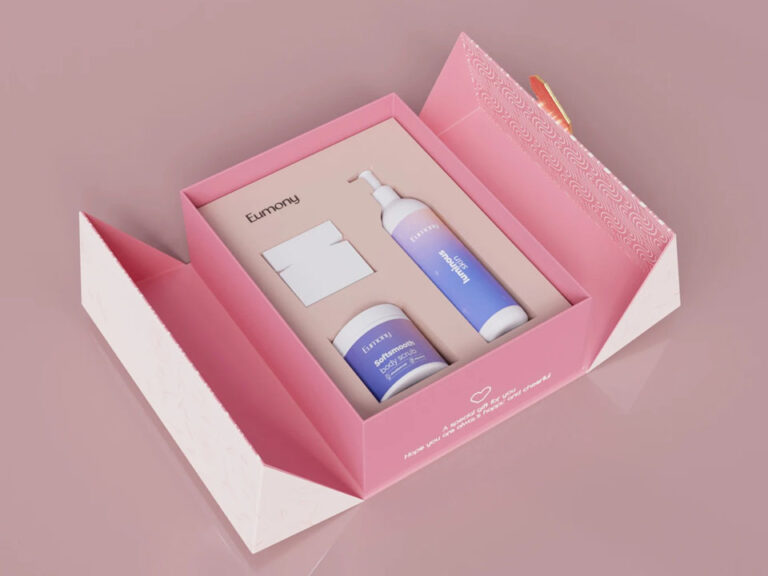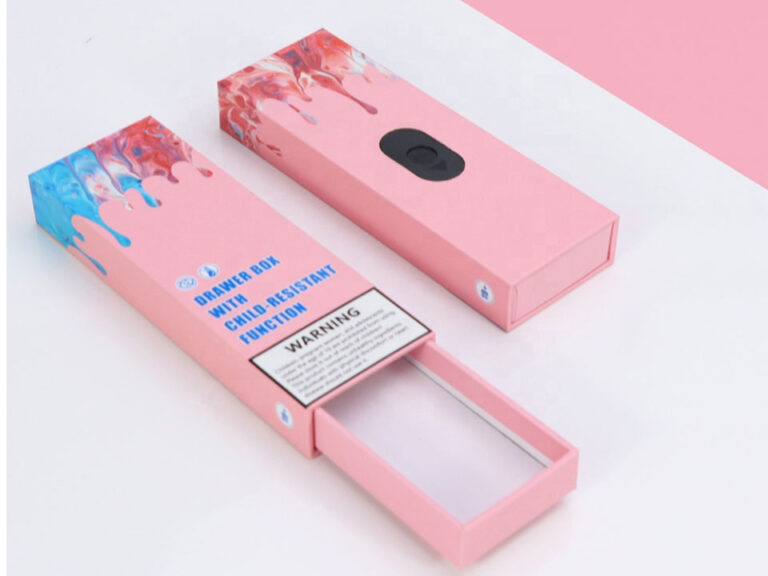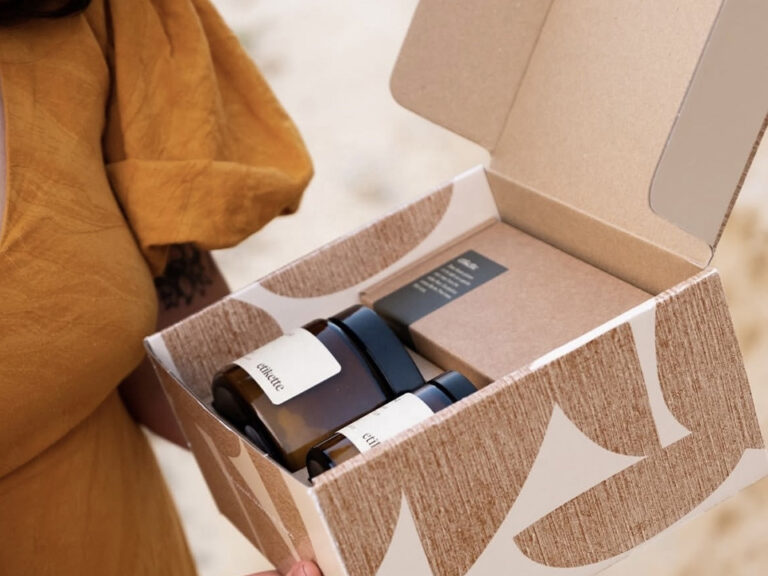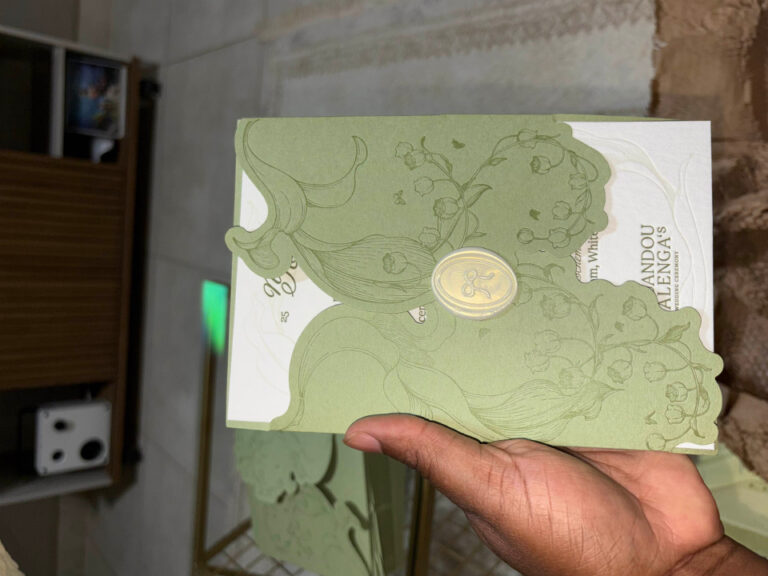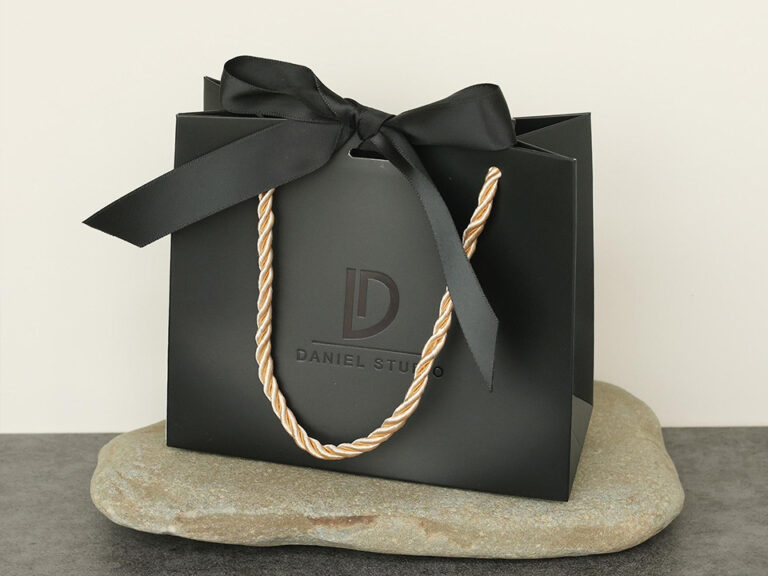Are Magnetic Gift Boxes Recyclable? A Guide to Sustainable Packaging
What Exactly is a Magnetic Gift Box?
Picture a rigid paperboard box with a hinged lid that snaps shut when two small magnets meet. That quiet click signals care, a premium reveal that protects what’s inside and invites the recipient to keep the box for storage. You’ll see magnetic gift boxes around cosmetics, jewelry, candles, accessories, and special launches where presentation and protection both matter.
Table of Contents
What Materials are Magnetic Gift Boxes Made From?
Most versions share the same DNA: a dense paperboard core wrapped in printed or textured papers. Finishes often use water-based varnish or soft-touch coatings; some designs add plastic film lamination for gloss. Interiors may rely on paper trays or foam, with ribbon pulls for ease. The closure uses tiny neodymium or ferrite magnets tucked behind the board. Every non-fiber piece—films, foams, magnets, heavy glue lines—affects the recycling path.
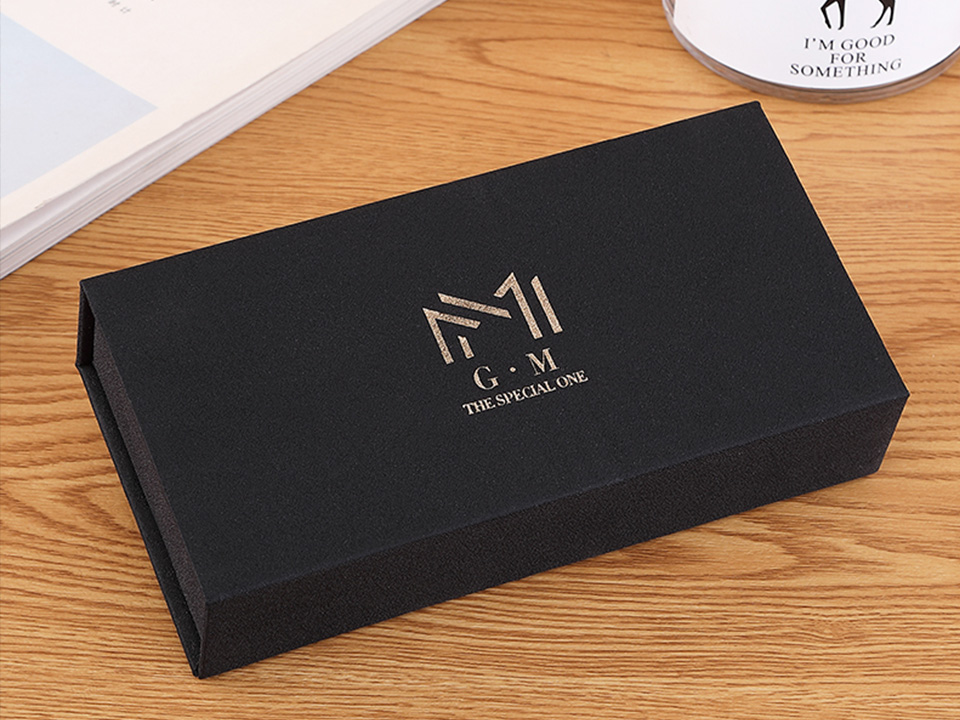
The Recycling Process: Can Paperboard and Magnets Be Recycled?
Clean paperboard is broadly recyclable. In a pulper, fibers separate into a slurry that mills screen and turn into new paper products. The catch is contamination. Foam, plastic films, and embedded hardware must be removed to protect equipment and keep fiber bales high quality. Magnets are metal and should be separated before paper recycling. The closer a box is to all-paper construction, the smoother its journey through the system.
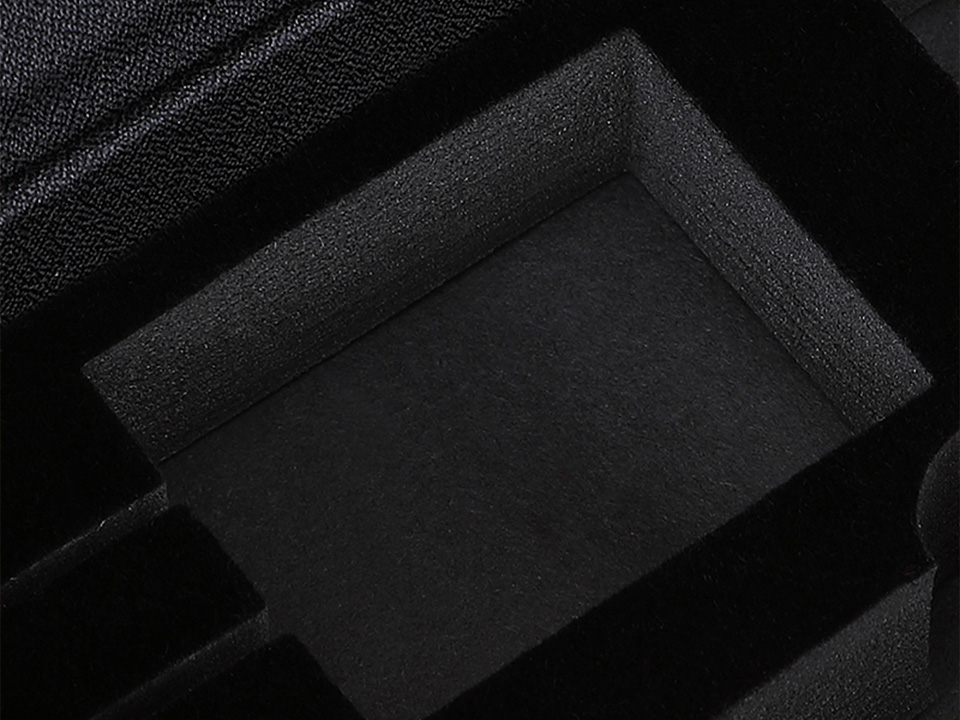
How to Recycle Magnetic Gift Boxes: A Step-by-Step Guide
Step 1: Reuse the Magnetic Gift Box
If the box still looks sharp, reuse beats everything. Regifting, closet storage, desk caddies—every extra life delays material recovery and avoids producing new packaging.
Step 2: Remove Magnets and Non-Fiber Components
Peel off ribbons, windows, and foam. If the magnet sits in a flap or corner panel, lift the liner and remove it. Aim for clean fiber with no add-ons.
Step 3: Choose Mill-Friendly Finishes Next Time
Unlaminated wraps or water-based coatings usually perform better at the mill than plastic films. For a flat-pack, reuse-friendly style, see the foldable white format with ribbon closure here: foldable matte white magnetic closure gift box with ribbon.
Step 4: Flatten and Recycle the Paperboard
Place dry, uncontaminated paperboard with mixed paper or cardboard according to local guidelines. Flattening helps sorters and keeps bales clean.
Step 5: Recycle Magnets as Metal
Collect magnets for metal recycling where available, or follow local rules if a dedicated option isn’t offered.
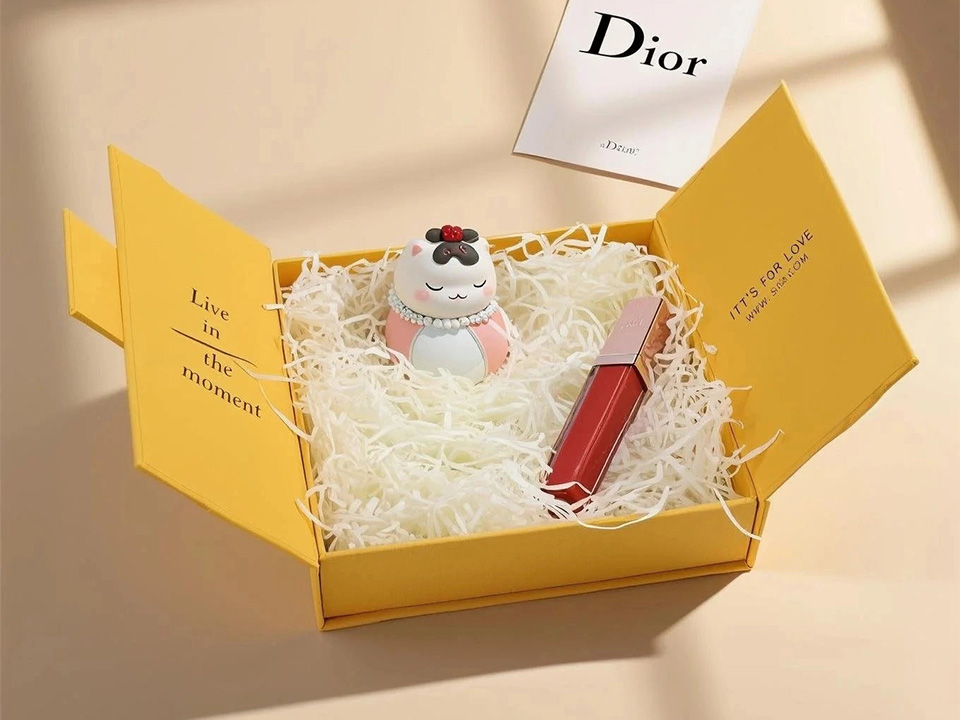
Challenges in Recycling Magnetic Gift Boxes
Plastic film lamination resists repulping and can lower fiber yield. Dense adhesive lines and foam inserts behave like contaminants. Embedded magnets add a manual step. Decorative windows and molded trays look premium but complicate sorting. None of these issues are insurmountable, yet they call for smarter specifications and clear disassembly guidance.
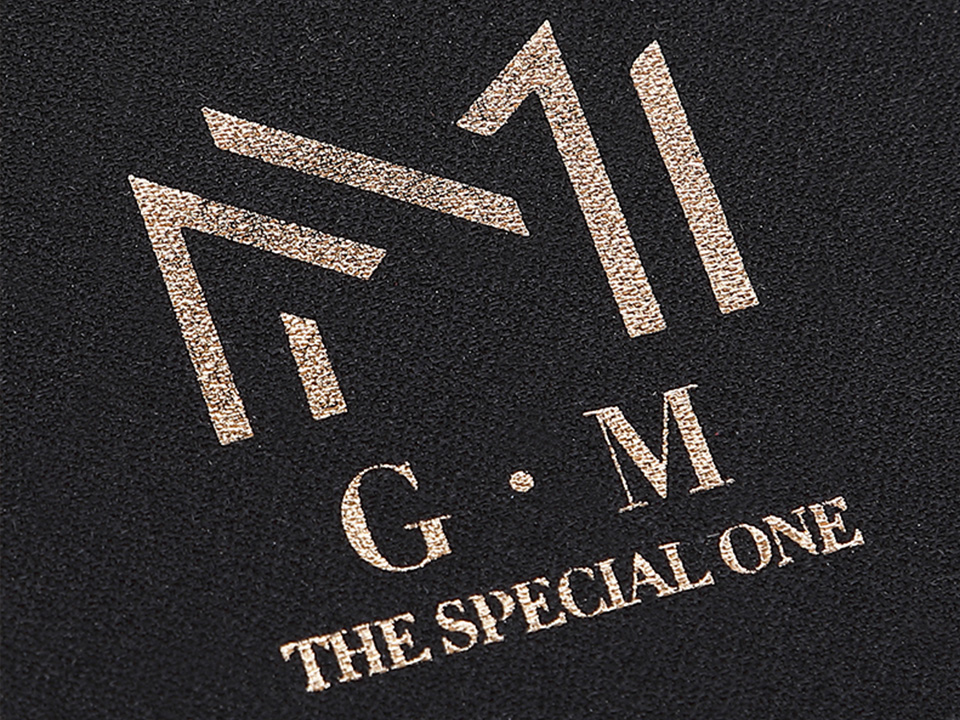
Are There Eco-Friendly Alternatives to Traditional Magnetic Gift Boxes?
Absolutely. Choose fiber-first builds and water-based finishes, swap foam for die-cut board, and use fold-flat structures to reduce freight. For earthy, mill-friendly wraps that pair well with aqueous coatings, browse kraft paper gift boxes. For premium detail that still ships lean, review luxury folding magnetic gift boxes with spot UV design. Apparel sets benefit from a flat-shipping format such as the collapsible magnetic clothing gift box with silk ribbon.
The Role of Brands in Promoting Sustainable Packaging.
Specs are strategy. Ask suppliers for unlaminated wraps or water-based soft-touch, removable magnet panels, and paper-based interiors. Request recycled or responsibly sourced paper grades. Add a simple inside-lid line that explains how to remove magnets and fitments before recycling. For limited editions where color plays a lead role, consider a soft, modern tone like the luxury pale blue foldable magnetic gift box with ribbon.
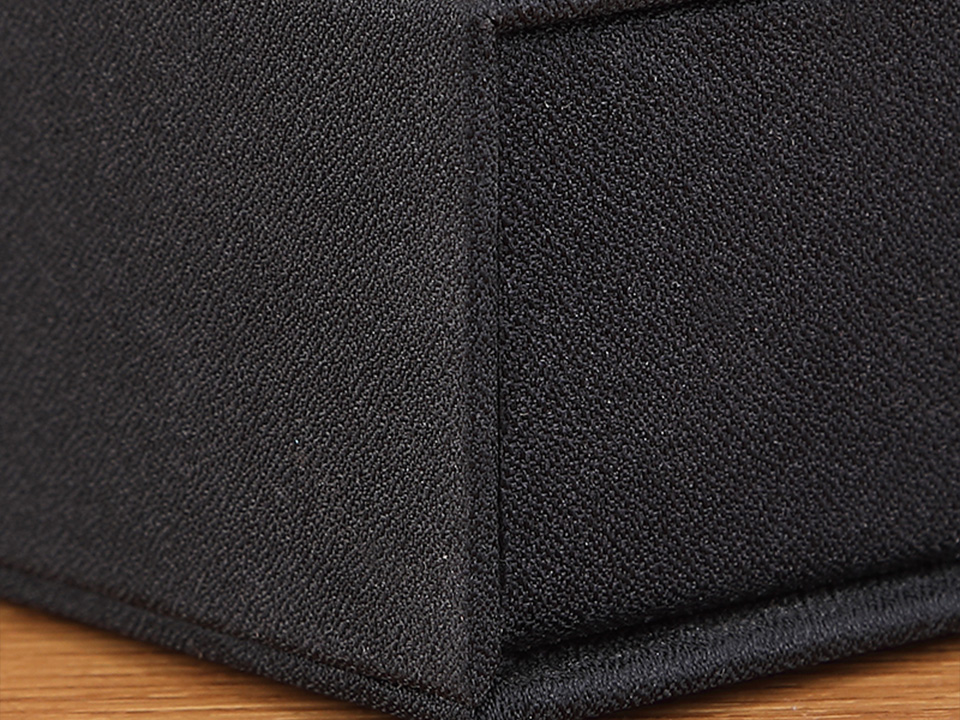
How to Choose a Recyclable Magnetic Gift Box: A Buyer’s Guide.
Start with finish and structure, then fine-tune protection:
- Prefer unlaminated wraps or mill-friendly, water-based coatings
- Specify easy-access magnet pockets to speed disassembly
- Replace foam with die-cut board where product protection allows
- Trial a small run with your local recycler and adjust before scaling If you’re designing collector bundles, evaluate the collapsible PS4 controller gift box with spot UV finish. For darker palettes and tactile depth, see the matte black textured magnetic gift box with foam insert. To explore the full range of styles and materials, begin at the homepage.
Innovations in Sustainable Magnetic Closure Packaging.
Engineers are reinforcing hinges with fiber layers for longer reuse, adopting water-based soft-touch to avoid plastic films, and moving to modular paperboard interiors that assemble quickly and recycle easily. Collapsible rigid formats now deliver the luxury reveal while shipping flat, lowering transport emissions and warehouse footprints. Clear, icon-based guidance makes end-of-life steps effortless for customers.
The Future of Magnetic Gift Boxes and Sustainability: What to Expect?
Expect faster disassembly by design, magnets that lift out cleanly, and finishes that behave like paper in the mill. As retailer playbooks and local rules evolve, fiber-forward specs will become standard, and reuse will be treated as a feature, not an afterthought. Premium packaging keeps its theater, just with a cleaner exit.
Key Takeaways:
- Paperboard recycles well once magnets and non-fiber parts are removed
- Magnets are metal and should be kept out of the paper stream
- Finishes, adhesives, and inserts decide how smoothly recycling goes
- Reuse first, then recycle clean, dry paperboard
- Specify fiber-forward builds, water-based finishes, and simple disassembly steps to scale sustainability across your packaging lines






